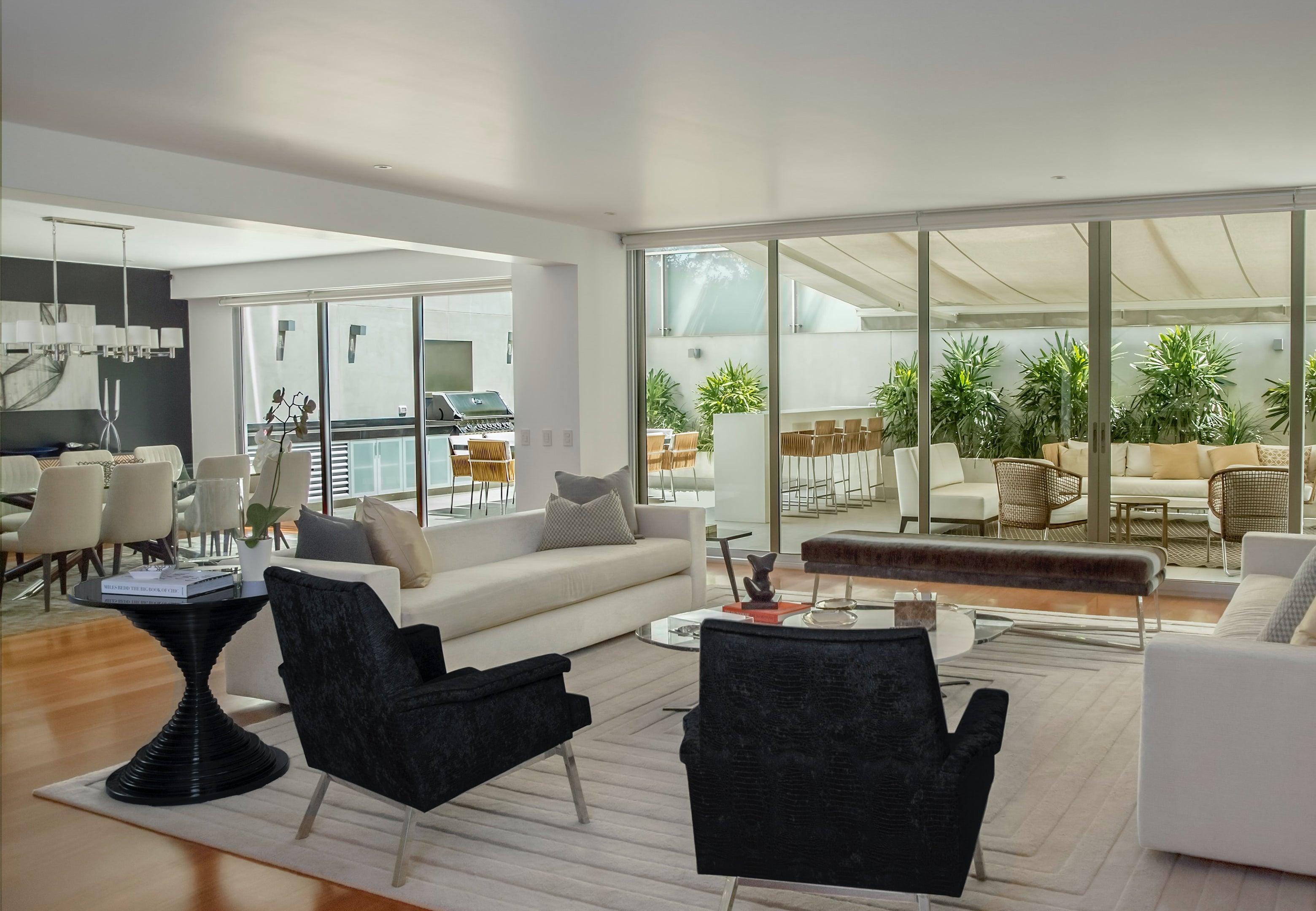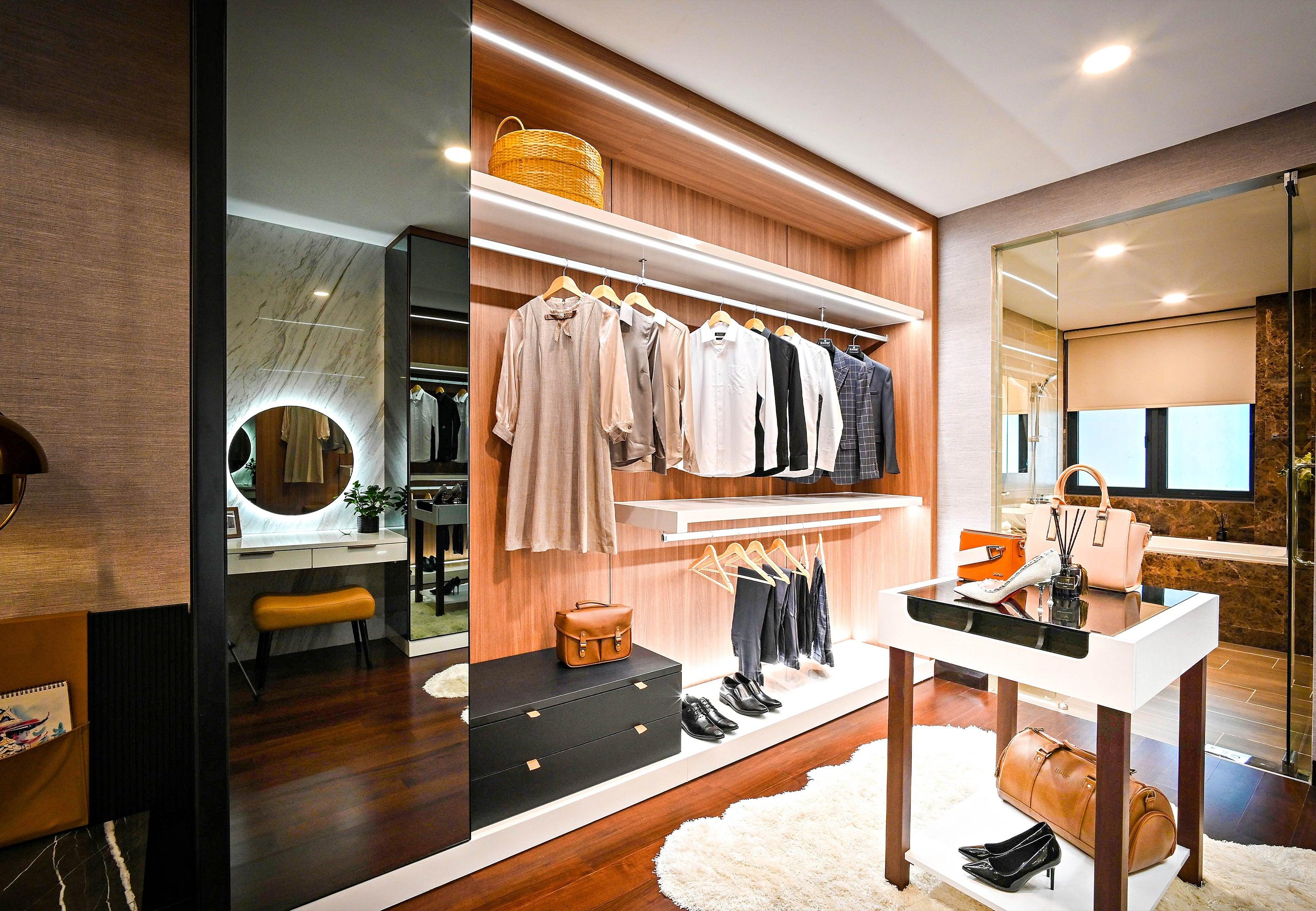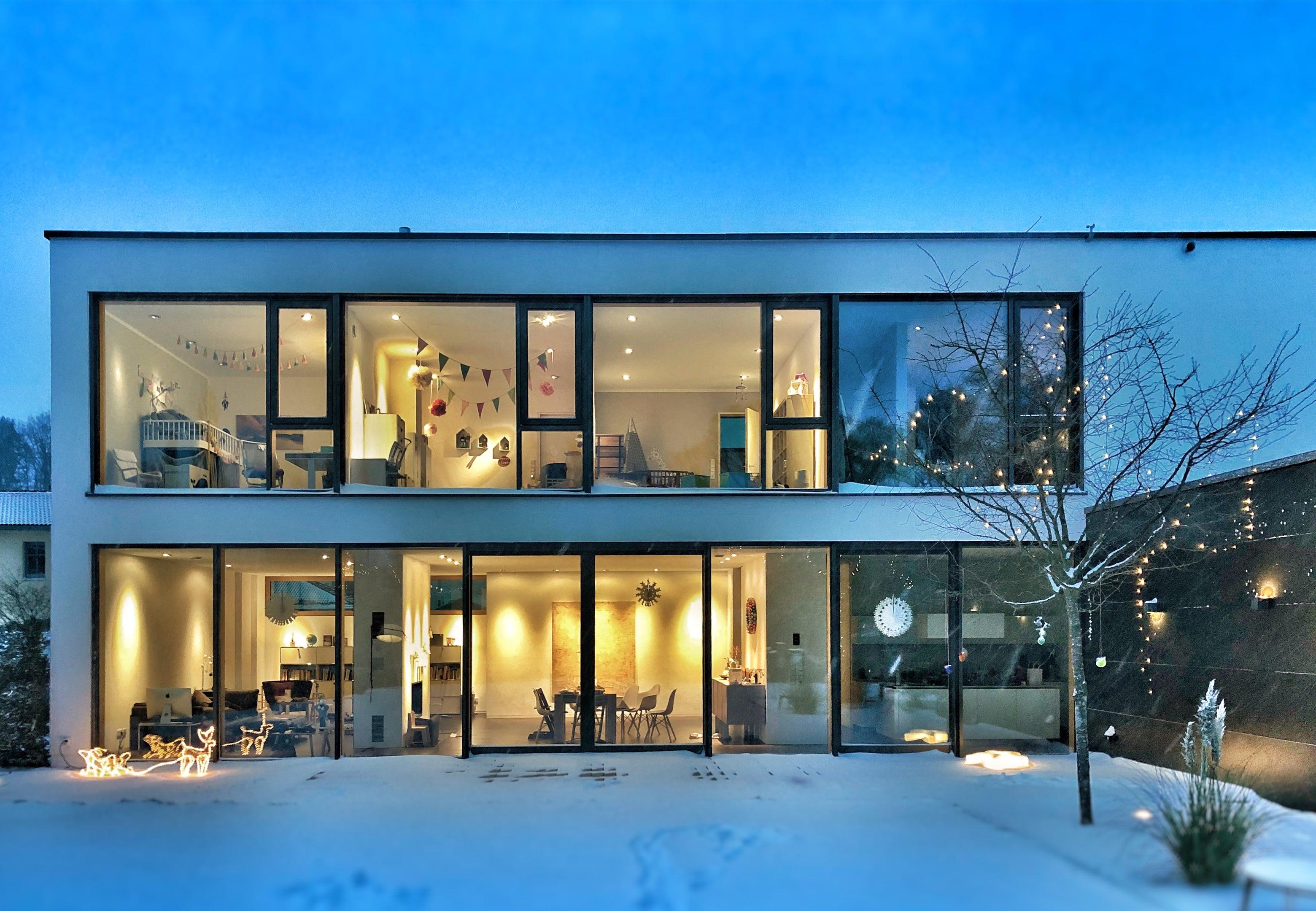
Natural Light and Mental Health: Inspiration for Lighting Technology
Sustaining a sound mind is crucial to living a whole and successful life. Every once in a while, it's recommended that we all get some vitamin D by spending some time in the sun. Of course not! Numerous scientific investigations have demonstrated the positive effects of sunlight on human psychological and physical well-being.
There is evidence that the shorter days of winter contribute to an increase in the prevalence of depression. Why? The feel-good hormone serotonin is produced in response to sun exposure. That's the wonder of scientific discovery!
It follows that allowing more natural light into your home can positively affect your mood. Sadly, taking a day off to enjoy the great outdoors is not always possible. With this in mind, it has fallen on the shoulders of lighting specialists to ensure that all workplaces provide an environment conducive to a healthy mind and body.
Ingenious lighting options are being created to bring the benefits of natural light therapy to your enclosed environment. In recent years, technology has grown to replicate natural sunlight and enable people to enjoy the health benefits of natural light even when they cannot get out into nature.
These lighting options use powerful LED bulbs, so not only are they effective in providing natural light therapy, but they are also energy efficient and cost-effective. Moreover, these LED bulbs emit very little heat compared to traditional lighting, helping to reduce the ambient temperature in a workspace and creating a healthier environment.

This revolutionary technology is an excellent example of how modern technological advancements can be used to replicate natural elements and bring more healthful benefits to our lives to improve our quality of life.
The use of artificial light to simulate natural light for the benefit of humans.
Modern lighting systems are designed to improve your well-being and illuminate a room. What a difference, right? Biological rhythms are taken into account when creating human-centric lighting. Because of the Earth's cyclical lighting, our bodies have evolved to react differently to various illumination levels.

Dopamine and serotonin, both produced in response to light, contribute to feelings of alertness and the ability to focus. Melatonin, the "slow down" hormone, is made in response to moonlight. This regularity, called circadian rhythm, can be interrupted if the organ is not exposed to specific variations in lighting.

Circadian lighting, which simulates the rhythms of natural light to synchronize with your biological clock, has been introduced to prevent such tragic accidents. Lighting designed with humans in mind does more than boost spirits and visibility.

The productivity of employees can be significantly increased by adjusting the illumination in the workplace to better align with the human circadian rhythm. Here's proof that circadian illumination benefits your health, in case you were wondering about it.
Studies have shown that people exposed to circadian lighting experience improved sleep, increased alertness, and enhanced performance compared to those exposed to non-circadian lighting. Additionally, circadian lighting has also been found to improve mood and reduce fatigue.

These benefits result from improved physical and mental well-being associated with circadian lighting as it promotes better and more regular sleeping patterns. Therefore, incorporating circadian lighting into your daily routine can positively impact your overall health & well-being.
By optimizing the amount of light and timing, circadian lighting can help reset our bodies' internal clocks, allowing us to synchronize our cycles of wakefulness and sleep, leading to improved mental alertness, productivity, and emotional stability.
Additionally, research has shown that those exposed to a regular process of light and darkness via circadian lighting experience increased attention during the day, improved cognitive performance, and better overall health.
Lights That Follow the Circadian Rhythm
Blue light affects the retinal ganglion cells accountable for setting our internal clock. Based on this discovery, circadian lighting introduces blue-coloured light during daylight hours. Because of this, you will be able to focus much better, raising your output.

When it comes to maintaining a healthy circadian rhythm, LEDs are the best solution because of their versatility in terms of colour temperature and hue. A room's corresponding colour temperature can be changed during the day to fine-tune the illumination level. Like the sun, the brightness of your artificial light gradually increases throughout the day before dropping off again in the evening.
The temperature in the office is kept lower to encourage productivity. What are the consequences? Circadian illumination has been shown to increase productivity and decrease hyperactivity. Your health and productivity will greatly benefit if you keep your body's natural rhythms intact.
Keeping a room at a lower temperature might be the most efficient way to increase productivity. However, the consequences of such an action may outweigh the benefits. To maximize productivity, ensuring that your environment is conducive to a good night's sleep and balanced circadian rhythms is essential.
Circadian illumination is an effective and natural way to keep the body's rhythms balanced and in tune with its natural rhythm. This circadian illumination can be achieved by exposing yourself to natural light during the day while avoiding harsh blue light at night. The idea is that by avoiding too much blue light at night, you will get a better quality of sleep and, consequently, have more energy and focus during the day.

Lighting is a crucial component of interior design and architecture. It significantly impacts the mood of the people in the room and can also alter their cognitive performance. The quality of natural light can profoundly affect our mood, productivity, and even physical health. Artificial lighting is also widespread and has been for many years. This article explores the history of artificial lighting, its effects on human health, and how the emerging technology of adaptive lighting can help to improve the quality of living spaces.
 Talk On Call
Talk On Call Chat On WhatsApp
Chat On WhatsApp


